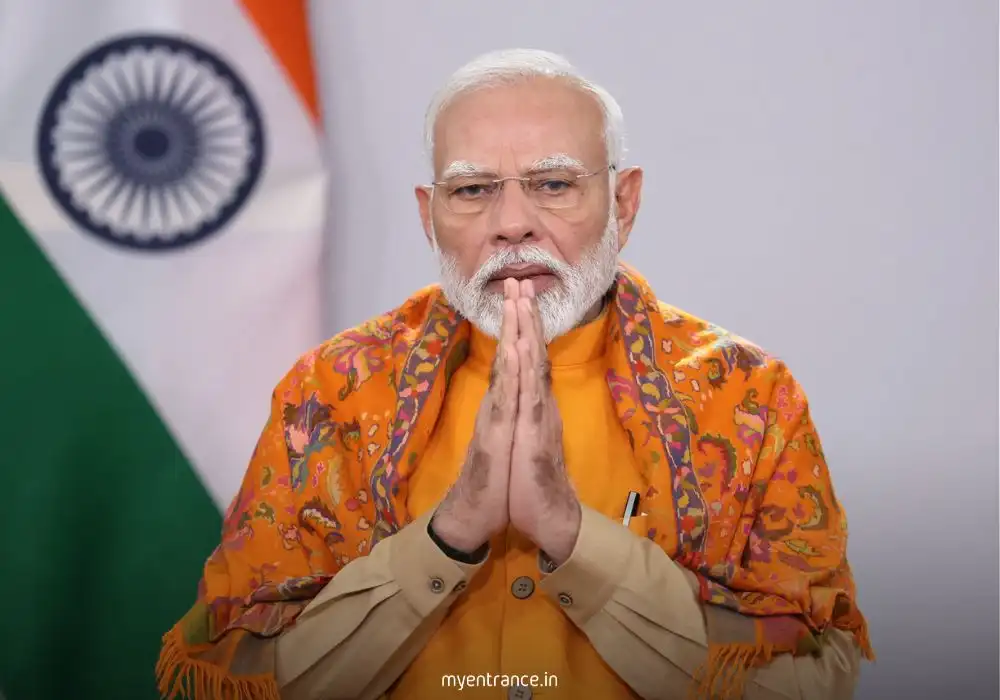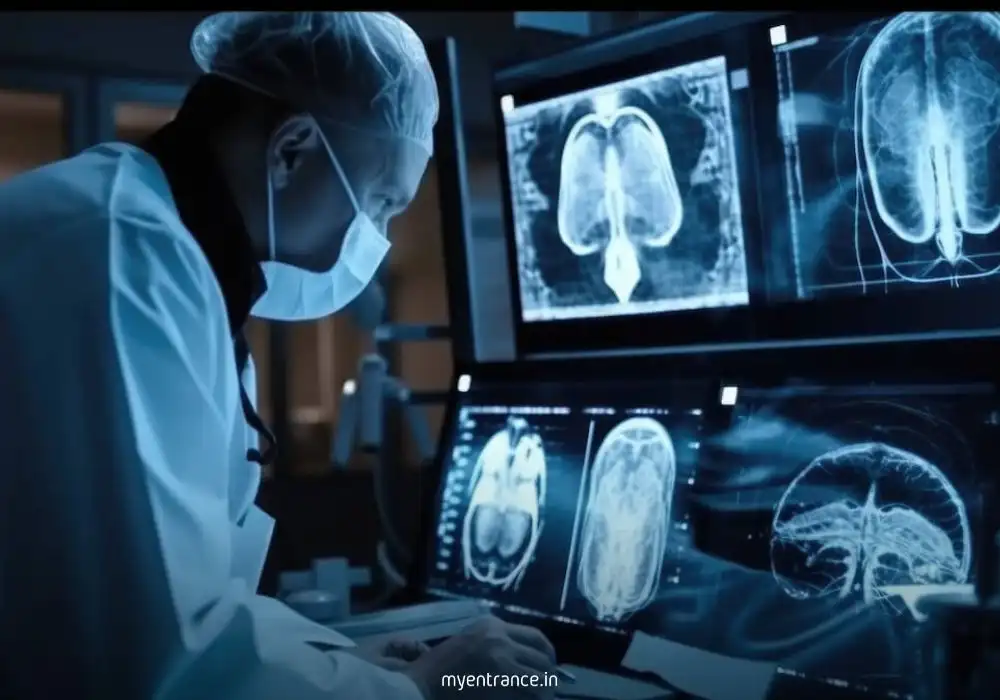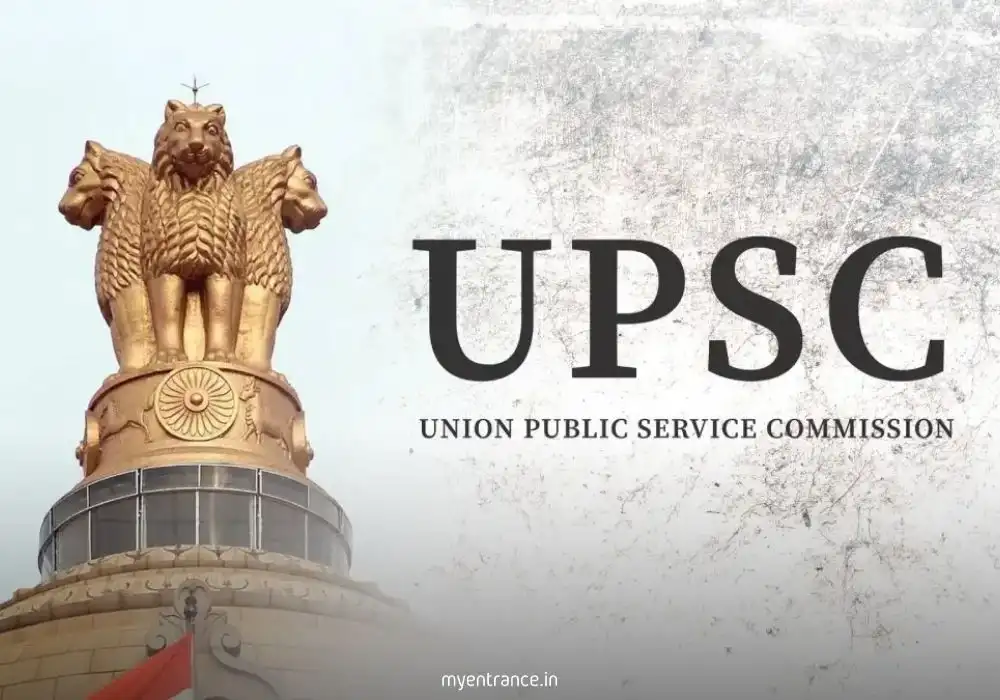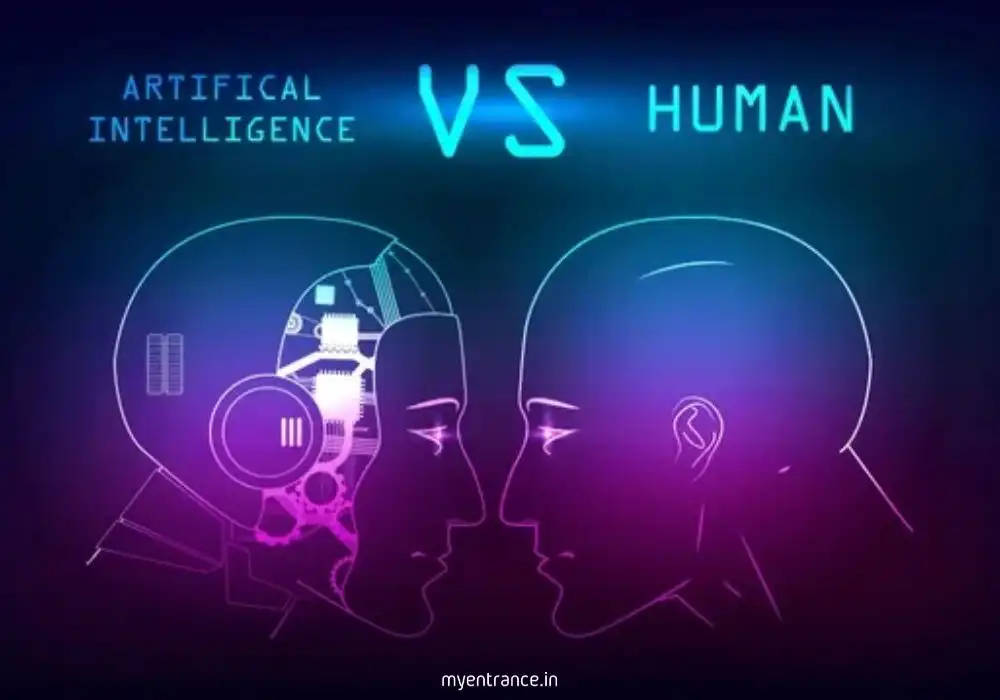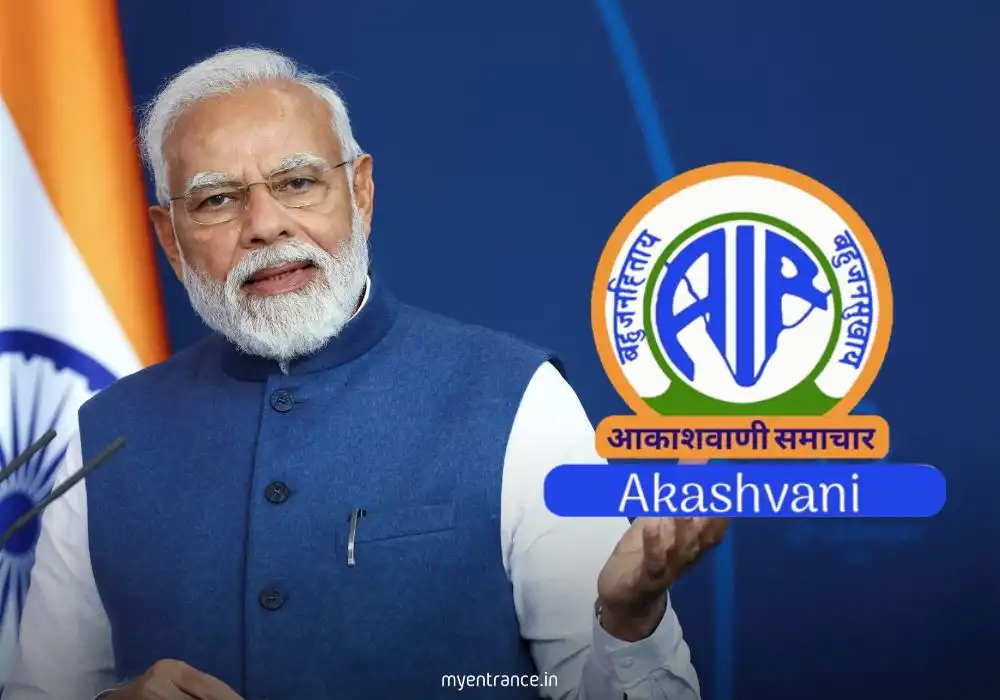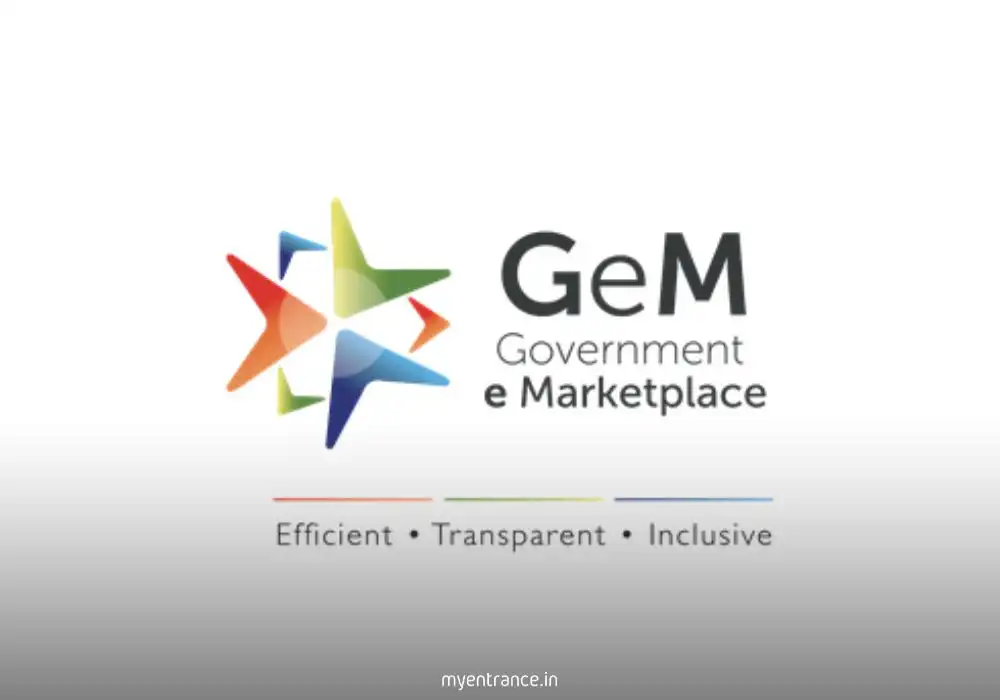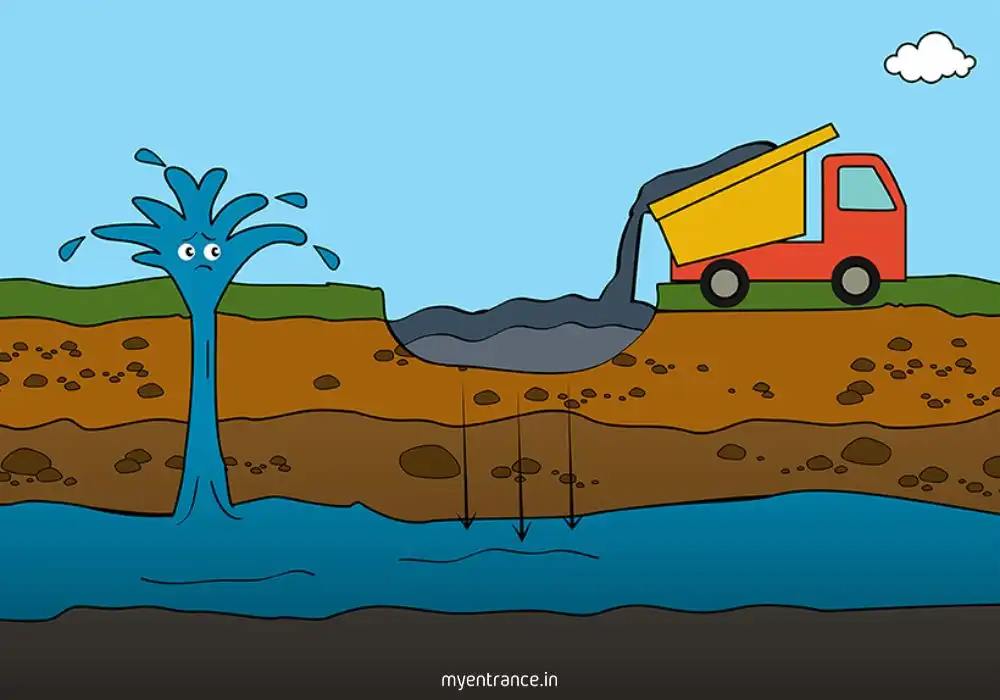Translate Language
Lancet Study Reveals Diabetes Crisis in India: Key Insights for UPSC, SSC & State Exams
India faces a dual health crisis: malnutrition and soaring obesity. A 2023 Lancet Global Health study exposes a hidden diabetes epidemic, especially among adults over 45. For competitive exam aspirants (UPSC, SSC, PSC, KAS), understanding this research is critical for essays and interviews. Let’s break down the key revelations, medical insights, and policy implications you need to know.
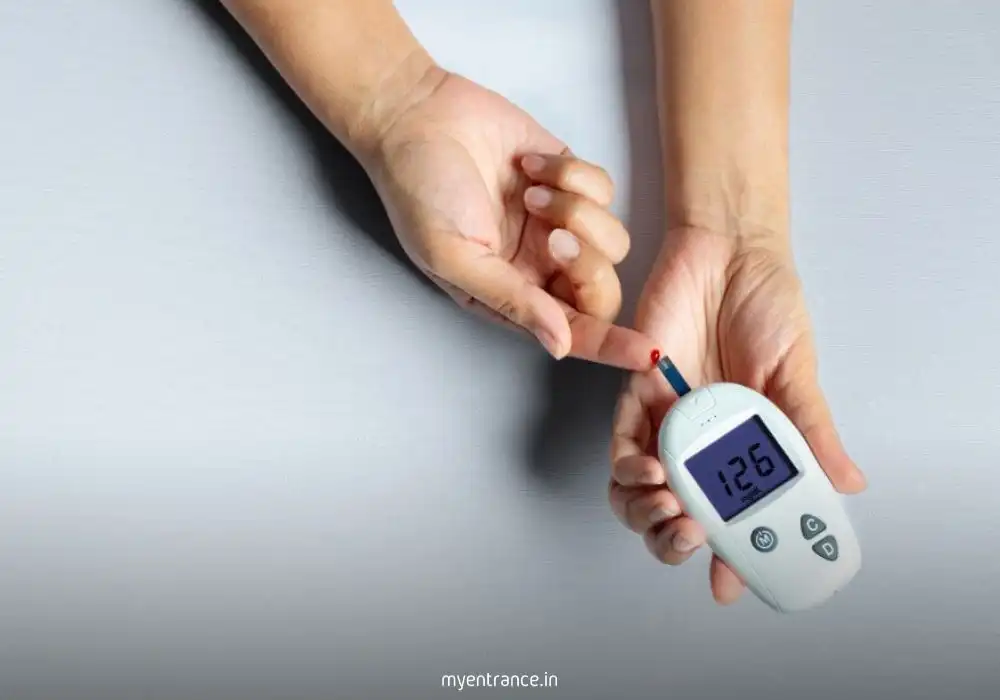
Detailed Analysis: Lancet Study on India’s Diabetes Burden
Why This Study Matters
The Longitudinal Aging Study in India (LASI) surveyed 60,000 adults aged 45+ (2017–2019). Its findings, published in The Lancet, reveal:
1 in 5 Indians (20%) over 45 have diabetes.
Shockingly, 40% are undiagnosed – that’s 20 million people unaware of their condition.
Urban vs Rural Divide: Cities report 30% prevalence vs 15% in villages due to sedentary lifestyles and processed diets.
Gender Parity: Rates are nearly identical in men (19.6%) and women (20.1%).
Regional Hotspots & Coldspots
Highest Prevalence: Chandigarh (36.9%), Kerala (36%), Puducherry (36%). Southern states lead after age-adjustment.
Highest Caseload: Tamil Nadu (6.1M), Maharashtra (5.8M), Uttar Pradesh (4.7M).
Lowest Rates: Central/Northeastern states (e.g., Bihar, Assam).
The Double Burden: Obesity + Malnutrition
Obesity Definition (WHO): BMI ≥30 (abnormal fat accumulation).
BMI Ranges: Underweight (<18.5), Normal (18.5–24.9), Overweight (25–29.9).
Alarming Trend: CBSE mandates “sugar boards” in schools to curb Type 2 diabetes in children, linked to rising obesity.
Diabetes Types Explained
Type 1: Insulin-dependent, common in youth.
Type 2: Body resists insulin; driven by obesity.
NEW: Type 5 (IDF 2023): Affects lean, malnourished youth in low-income nations. Unlike Type 2, it involves pancreatic beta-cell dysfunction.
Breakthrough Treatments: GLP-1 Drugs
How They Work: Mimic gut hormone *GLP-1* to:
Boost insulin & suppress glucagon.
Slow stomach emptying → curbs sugar spikes.
Signal brain to reduce appetite.
Key Drugs: Semaglutide (GLP-1 only), Tirzepatide (GLP-1 + GIP hormone).
Q&A for Competitive Exams
Q1: According to the Lancet study, what percentage of Indians aged 45+ had undiagnosed diabetes in 2019?
A1: 40% (or 20 million people).
Q2: Identify three Indian states with the highest diabetes prevalence among adults over 45.
A2: Chandigarh (36.9%), Kerala (36%), and Puducherry (36%).
Q3: How does Type 5 diabetes differ from Type 2?
A3: Type 5 affects underweight youth due to pancreatic dysfunction, while Type 2 stems from insulin resistance in obese individuals.
Q4: What role do GLP-1 receptor agonists play in diabetes management?
A4: They regulate blood sugar by increasing insulin, reducing glucagon, slowing digestion, and suppressing appetite.
Q5: Why did CBSE direct schools to install ‘sugar boards’?
A5: To monitor sugar intake and combat rising Type 2 diabetes among children.
Get 3 Months Free Access for SSC, PSC, NIFT & NID
Boost your exam prep!
Use offer code WELCOME28 to get 3 months free subscription. Start preparing today!

